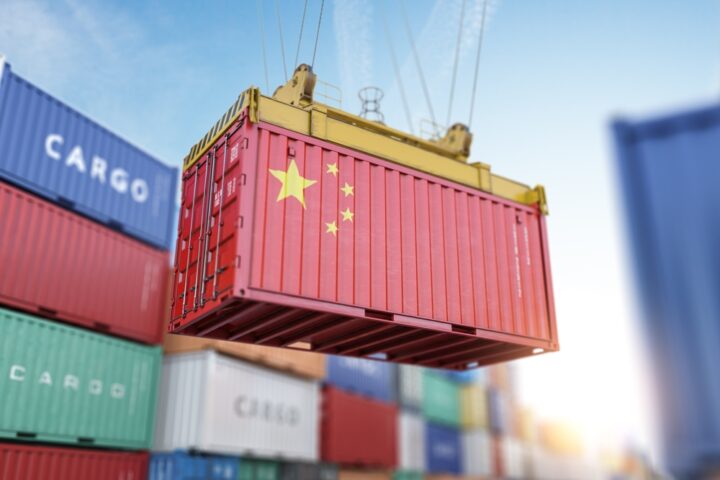After days of disrupted operations at East Coast and Gulf Coast ports, the International Longshoremen’s Association (ILA) and the United States Maritime Alliance (USMX) have reached a tentative agreement on wages, bringing an end to the strike that impacted the U.S. supply chain. The two sides agreed to extend their existing contract through January 15, allowing more time to negotiate unresolved issues, including port automation.
This agreement marks a temporary resolution to a strike that had threatened the supply of key goods such as fruits and automobiles across the U.S. Though the immediate crisis has passed, long-term challenges remain as the two sides return to the negotiating table.
Wage Agreement Settled, but Automation Debate Continues
The ILA and USMX confirmed in a joint statement that they have agreed on wage increases and extended the current Master Contract. According to sources, the tentative deal includes a significant 61.5% wage increase over the next six years for ILA members. However, one of the core issues—port automation—remains unresolved. Automation has long been a point of contention between labor unions and port operators, and it will be a critical area of focus in the coming months as negotiations continue.
The strike, the first led by the ILA since 1977, saw approximately 50,000 of its 85,000 members walk off the job, disrupting operations at 14 major ports. The unresolved automation debate signals that while this agreement ends the current standoff, future tensions could arise.
Supply Chain Struggles to Recover from Disruptions
While the tentative deal is a relief for many industries, the impact of the strike on the U.S. supply chain is expected to last for weeks. Thousands of containers were left stranded, creating backlogs that may take significant time to resolve. Everstream Analytics estimates that it could take up to three weeks for operations to fully return to normal, as goods stuck offshore and at the wrong ports slowly make their way back into circulation.
Bethann Rooney, director of the Port Authority of New York and New Jersey, shared that her port expects to see the backlog cleared by next week. Meanwhile, ocean carrier Hapag Lloyd and other industry experts predict that it will take three to four weeks for the entire supply chain to recover from the strike’s effects.
Biden Administration’s Role in Negotiations
The Biden administration played an essential role in brokering the deal between the ILA and USMX. Acting Labor Secretary Julie Su worked closely with both sides to facilitate negotiations. Su praised the agreement as a victory for collective bargaining, noting, “When workers have a real voice at the table, we see historic gains for working people.”
Transportation Secretary Pete Buttigieg also highlighted the urgency of resolving the strike, particularly in light of ongoing challenges related to Hurricane Helene. He emphasized that further delays at the ports would have severely impacted emergency response efforts, making the strike resolution all the more critical.
A Temporary Relief for the Economy, But Automation Issues Persist
The end of the strike brings relief to sectors of the economy that had been hit hard by the disruptions, particularly retailers and manufacturers. Industry groups like the Retail Industry Leaders Association and the National Association of Manufacturers expressed gratitude for the resolution but cautioned that unresolved issues could lead to future conflicts.
The question of port automation continues to loom large. While automation could increase efficiency, unions argue that it threatens jobs and undermines worker security. As negotiations resume, the debate over how automation should be implemented will be crucial for the future of the U.S. maritime industry. Any future strike could have severe consequences, with some estimates suggesting that disruptions could cost the U.S. economy up to $5 billion per day.
Looking Ahead: Challenges Remain for U.S. Ports
With the tentative wage deal in place and operations resuming at major ports, there is cautious optimism. However, the broader challenges surrounding automation and job security remain unresolved, leaving the potential for future strikes and supply chain disruptions. Over the next few months, both parties will need to find common ground on these issues to ensure long-term stability in the U.S. maritime industry.







